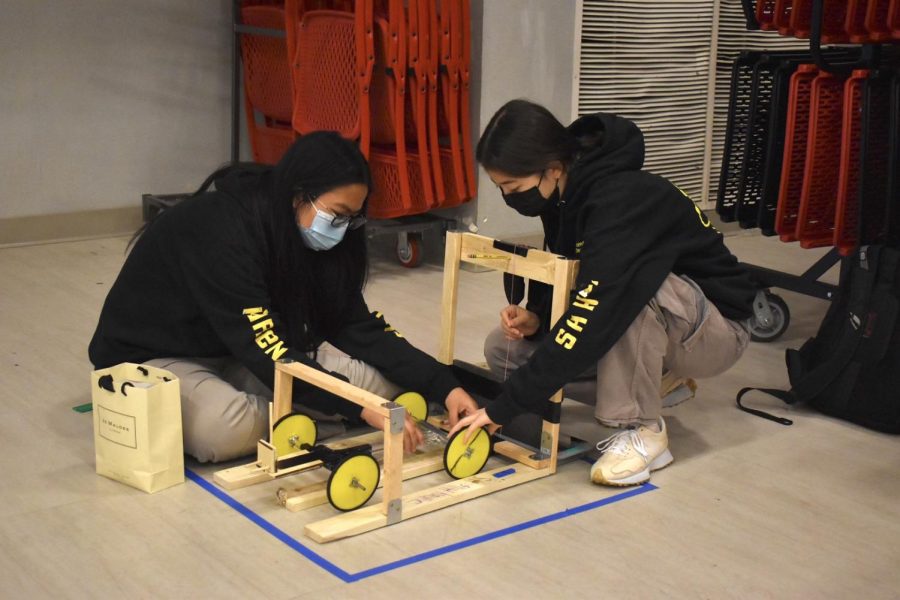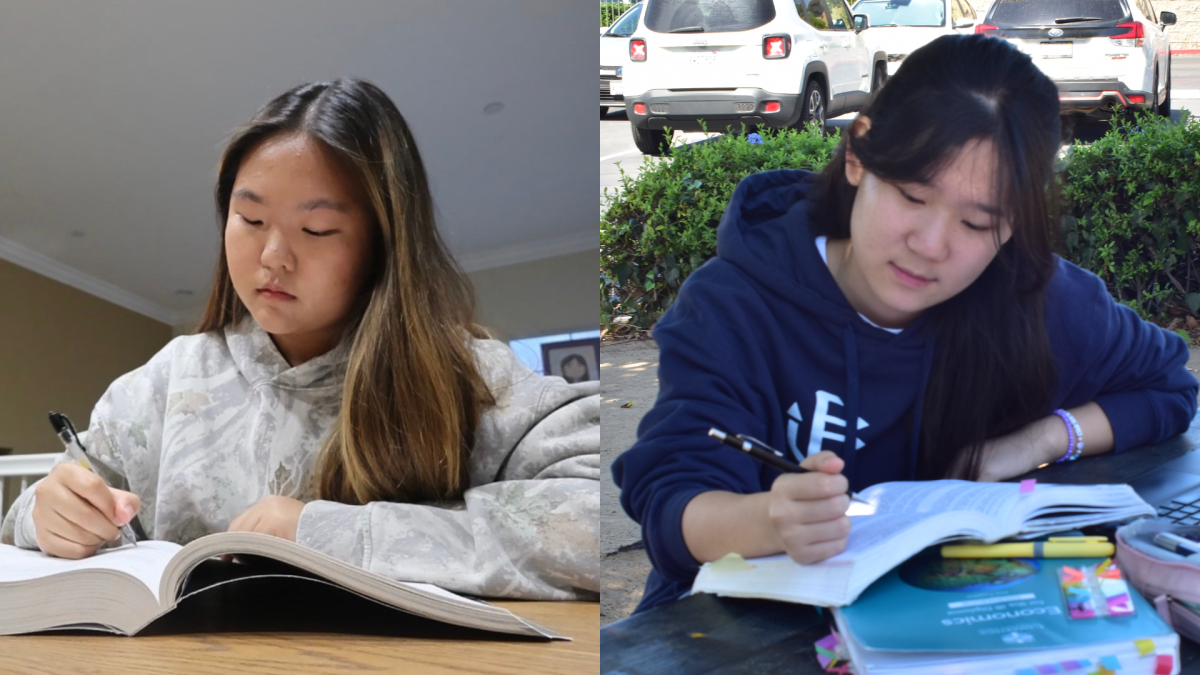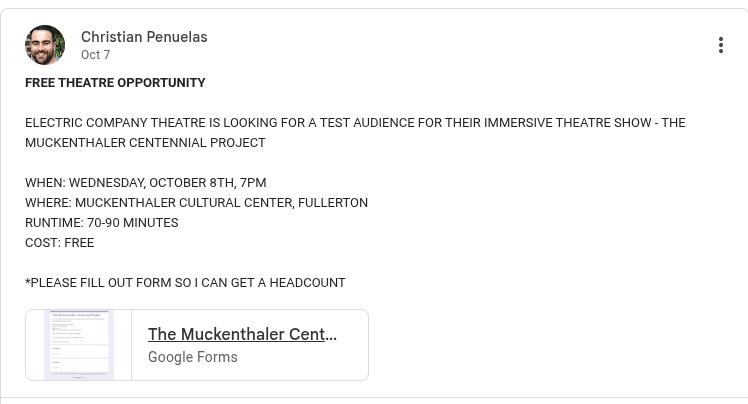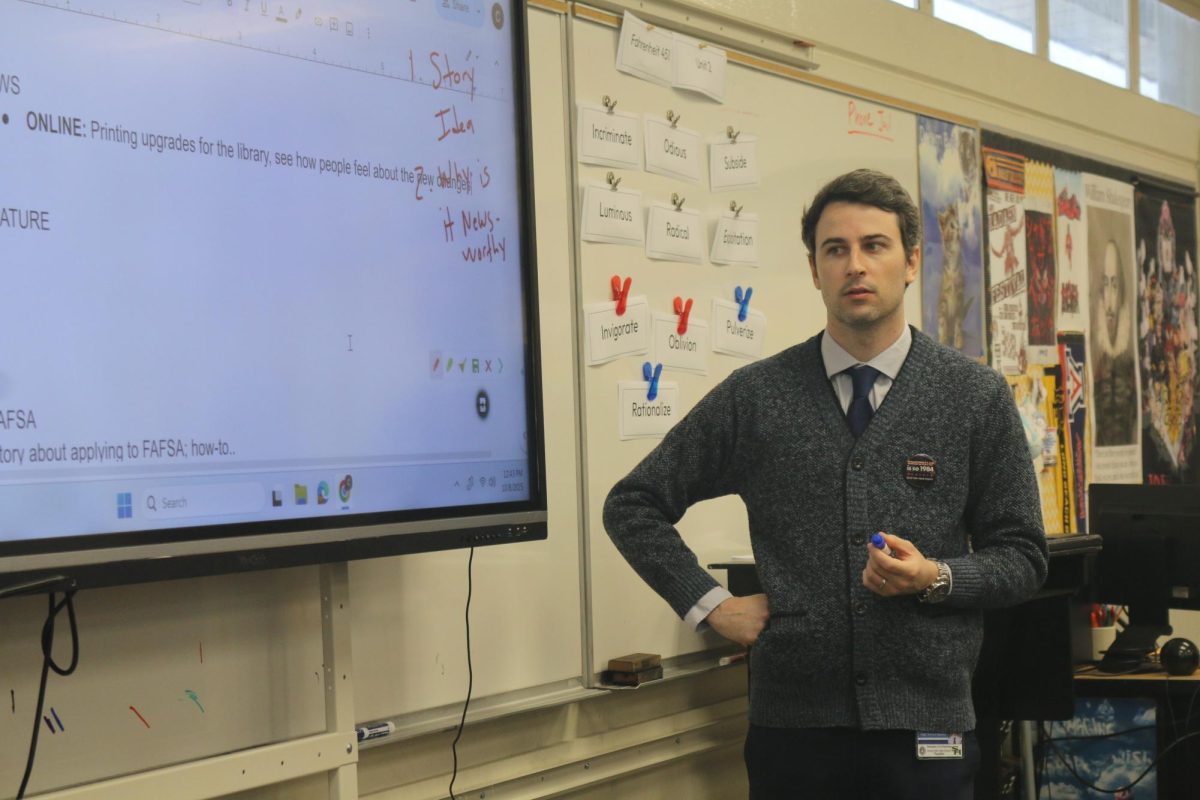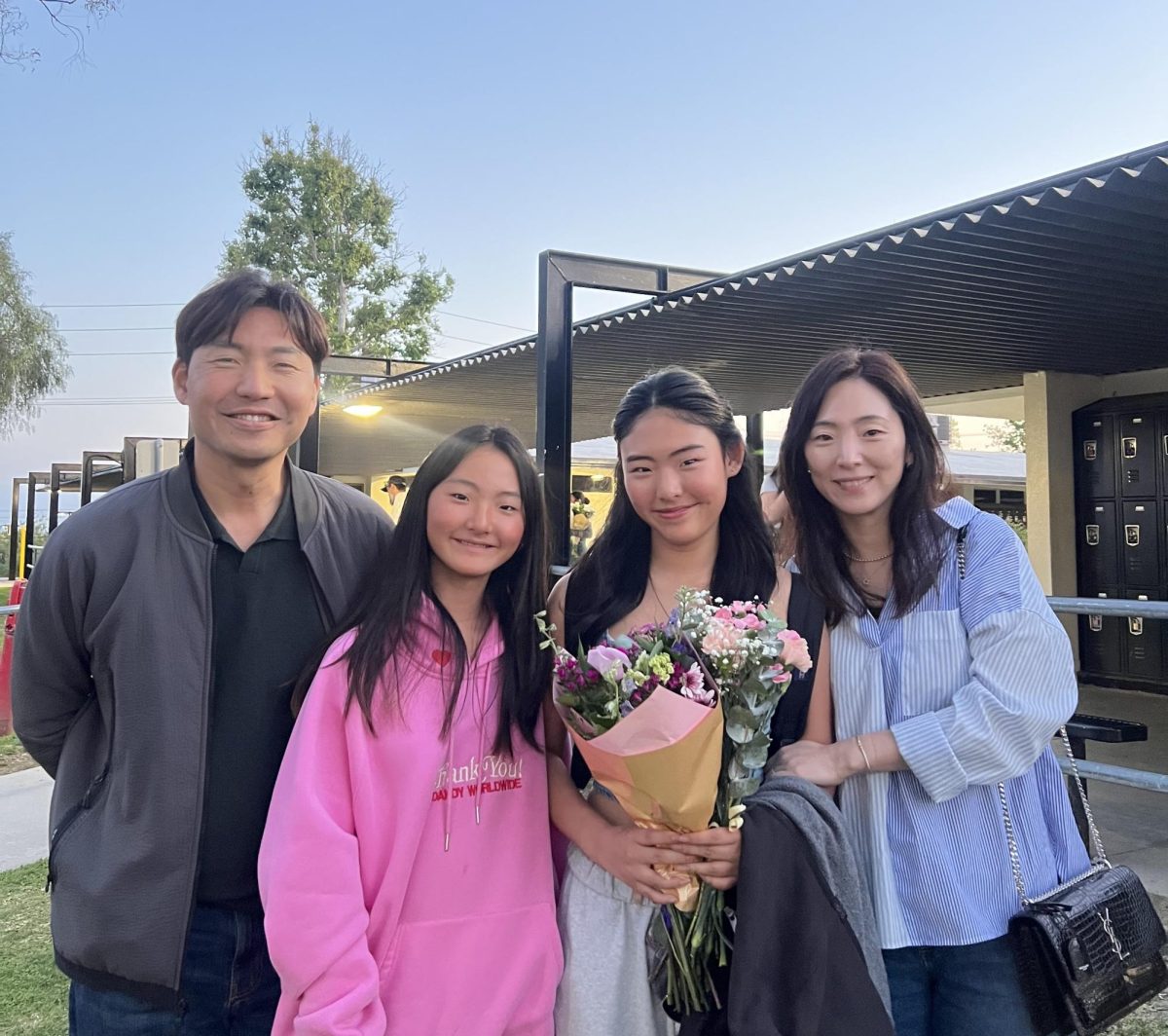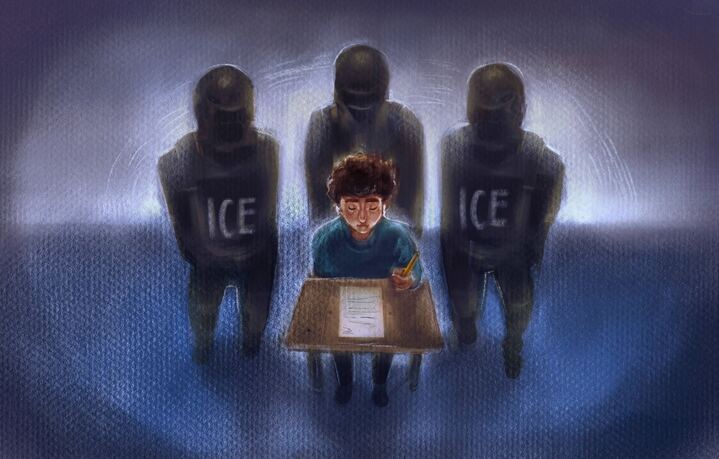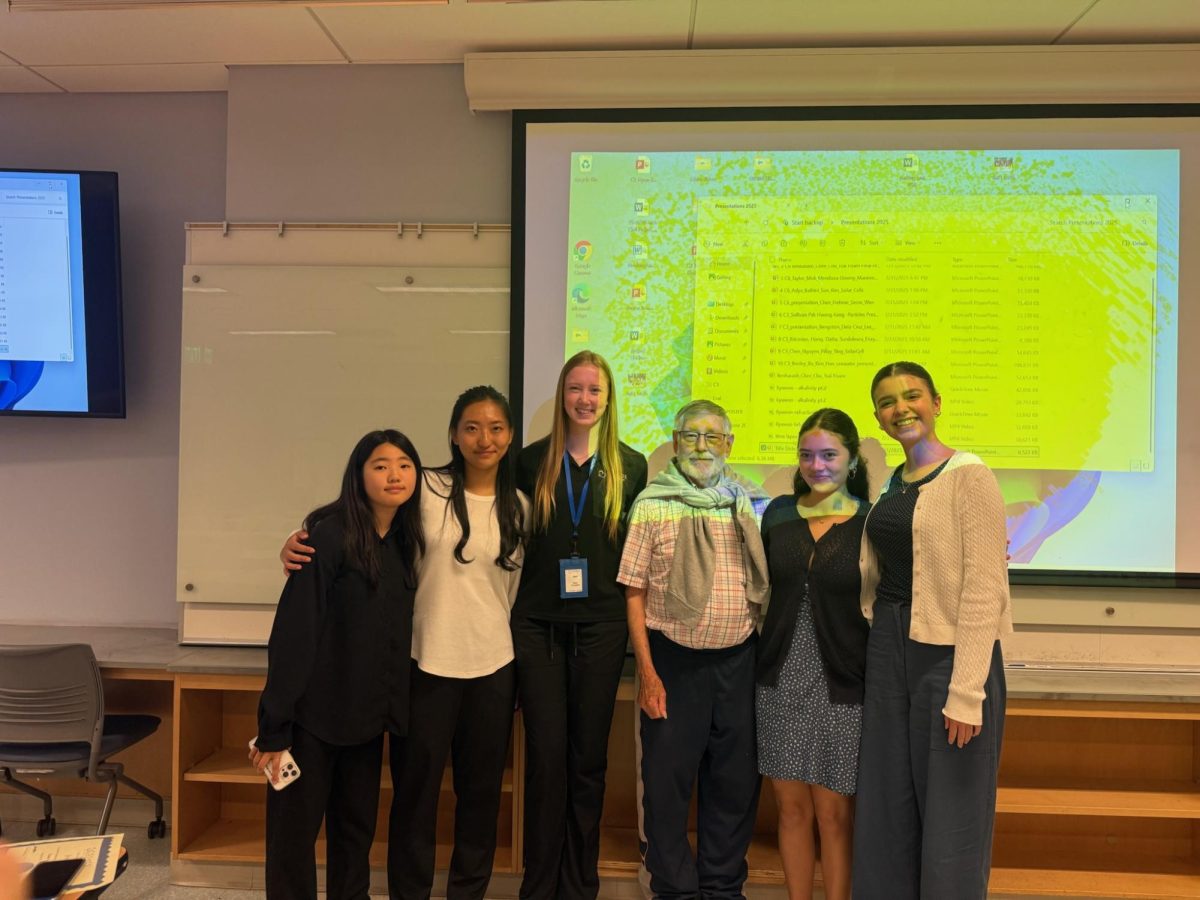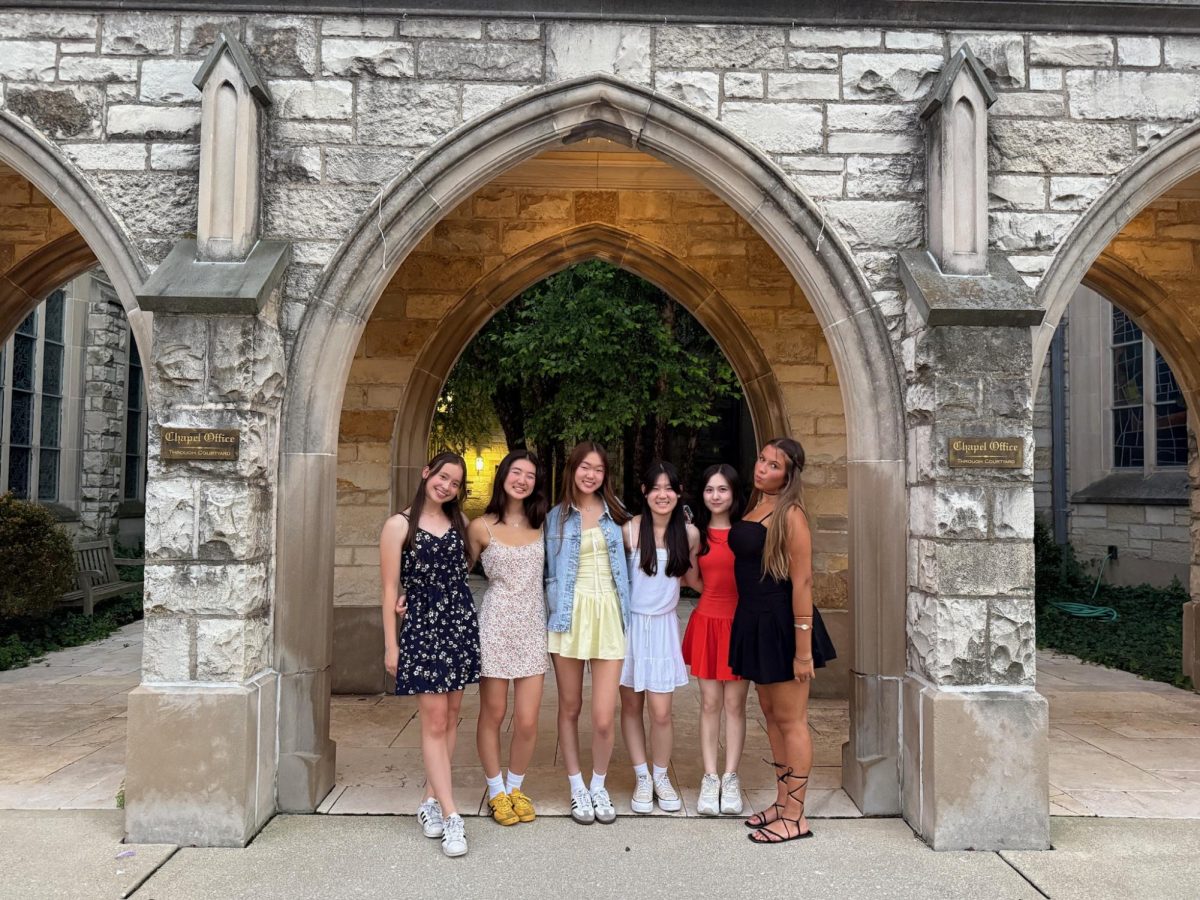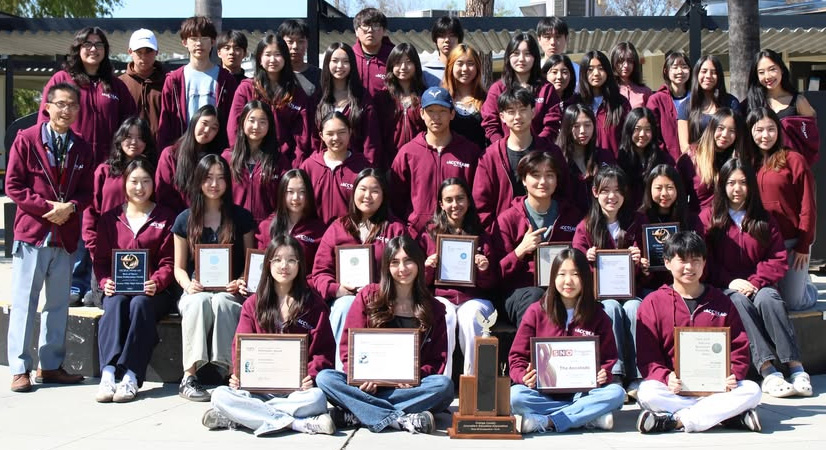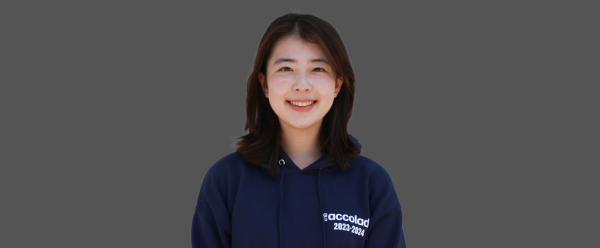February 15, 2020.
That was the day my middle school Science Olympiad team placed fifth at the Orange County Regional competition, qualifying us for the Southern California state tournament.
It also unexpectedly became the last time I would compete in an in-person Science Olympiad competition for over two years.
As the team captain, I was devastated to hear the news from our coach that the state tournament directors canceled the April 2020 event because of the COVID-19 outbreak that placed an emergency lockdown across the state.
After spending two and a half years competing remotely through a computer screen, our Sunny Hills team finally obtained the opportunity to participate in the Great Oak Invitational on Saturday, Dec. 3 marking my first in-person competition in high school.
Last season’s tournaments were held in a satellite format, designated for students who attend school in person but without a formal host site. My team met together for each competition in our adviser’s room and logged into scilympiad.com to access the online test at around 8 a.m.
The entire process felt very dissatisfying since we were confined to one classroom during the entire competition. Tournament directors held the awards ceremony one week later via an online live stream event, but without an ecstatic cheering crowd or distribution of medals in real time, each ceremony was fairly underwhelming with no real sense of achievement.
Though extremely excited to once again feel the thrill of the 12-hour event, I worried about my performance in my events because I only had one week to coordinate with my partners after spending a week occupied with The Accolade’s November issue and another with Thanksgiving break.
Our team planned to meet at Great Oak High School in Temecula at 7 a.m., which meant that I had to wake up at 5 a.m. to arrive on time. Just thinking about waking up that early on a Saturday made me reminisce about our competition season last year — when I previously had the luxury to set the alarm just 15 minutes before our designated test-taking time.
During the hour drive to the school campus, I checked to make sure I brought all my materials for my three events: a singular sheet of notes and scientific calculator for Disease Detectives, a four-function calculator for Codebusters and spare parts for Scrambler. I was terrified of forgetting anything at home since I no longer had the leisure of taking a 10-minute walk home to retrieve anything I didn’t pack.
After spotting the conspicuous black and yellow SH pole tent from the entrance, I met with my partners, one for each event, and discussed our strategies before taking my Scrambler design for impound — a process requiring all build events investigated to ensure that it met all parameters.
My Scrambler partner and I approached the impound station, both confused by the process since all build events only required photo submissions through a Google Form last year. However, it took only 15 minutes, and the proctor assisted us in a very generous and friendly manner.
During the following six hours, each of the 23 Science Olympiad events were allotted 50-minute time slots for testing. I excitedly entered the rooms for each of my three events with my partners, shaking from both nervousness and the cold weather. Since all exams were on paper, I thankfully didn’t have to worry about technical difficulties like I did while using the scilympiad.com website last year.
Any concerns I previously held about other teams cheating through the remote competitions gradually lifted off my shoulders. At times, these speculations accumulated and diminished my drive for Science Olympiad since the results could come out flawed and inaccurate.
At the Great Oak invitational, however, event proctors treated all teams equitably and carefully monitored students, making it impossible to cheat using a separate device.
Masks were optional during the entire event, but I noticed that many students and adults chose to keep their face covering on. I didn’t mind having my mask off while I was with my team, but I felt uncomfortable without it when I was with people from other schools or in a crowded area.
Though my main concerns about contracting COVID-19 diminished, I still wanted to be careful since one positive case might risk the possibility of future competitions.
To stall time while proctors finished grading the tests, the tournament directors hosted a small Super Smash Bros. tournament with one representative from each of the 26 school teams. Our adviser Alexander Hua volunteered to participate and won first, earning each member a $5 In-N-Out gift card.
Now, it was finally time for the most exciting part of Science Olympiad — the awards ceremony.
As the Great Oak High School directors gathered everyone’s attention, I couldn’t feel the adrenaline rushing through my body as it normally would in middle school. I suspected this was because it had been too long since I competed and didn’t have high expectations for placing at this tournament.
Unlike my completely relaxed state, I found all of my junior teammates trembling with nervousness as we anticipated the administrators to call the name “Sunny Hills High School.”
They announced the Anatomy and Physiology event first and to all of our surprise, our school was called for fourth place. Our entire team jumped up and screamed for the two partners who made their way onto the stage to receive their medals.
Following this result, our school was called for nine other categories — three of which were mine. I ended up placing fifth in Codebusters and Disease Detectives and sixth in Scrambler.
Even though our school was just out of reach for receiving a top 5 overall team trophy, settling in at sixth place, I was entirely satisfied with how our 15-member team performed at our first in-person Science Olympiad competition since 2020.
By the end of the ceremony, all of our weariness faded away, and I felt that the Science Olympiad spirit revived. The adrenaline rushed back to me as our team left Great Oak High School with colorful medals wrapped around our necks.
After this Dec. 3 tournament, I cannot imagine how I managed to compete through a computer screen and watch an awards ceremony through a livestream the past two years.
Now with the in-person spirit coming back to me, I look forward to our next competition on January 28 at Temple City High School with over 90 other teams. The Great Oak Invitational not only helped me identify better testing strategies, but also made me confident about our future placements for this season.


